The computer turns on, but no display. How to fix it?
Your screen remains black after turning on the PC? This problem is quite common, and its main difficulty is that it cannot always be clear why it occurs. It is much easier to fix the error when the operating system has displayed information about it. Therefore, we will consider the possible causes of this problem and methods of its solution.
![[SOLVED] Computer turns on but no display](https://driversol.com/articles/wp-content/uploads/2022/12/no-signal-1024x650.jpg)
The first action after the appearance of a black screen is when you turn on your computer
You should distinguish between just a black screen and a black screen with certain information. In the second case, the user sees an error code to solve it or can boot the operating system in safe mode. Depending on the problem encountered (you can read the list of these problems in this article), the methods of solving the problem also change.
First, you need to ensure that the problem is not related to your computer’s hardware because it will be difficult to solve it on your own. To eliminate the possibility of a hardware problem, answer the following questions:
- Is the indication of the display similar to what it was before the appearance of the black screen when you turned on your PC?
- Are there noises from the cooling systems of your personal computer or laptop?
- Does the logo or BIOS splash screen appear on the screen when you start the device via the power button?
- Is the screen brightness adjustment available via hardware buttons on the device?
The latter option does not depend on the state of the system but on the hardware component. If you get a positive answer to each question, there are no hardware problems.
Note: if the computer has a breakdown at the level of the internal stuffing, you need to unscrew your laptop (or a system unit if you have a PC) and search for the damaged node on your own. These actions are very complicated, so you should entrust the hardware repairs to specialists. If you solve this problem alone, there is a risk of more problems, which can result in a significant financial investment.
What should you do if the screen is black when you turn on your computer?
To begin with, it is worth allocating three varieties of the black screen you can see when you turn on your computer: the utterly black screen without logos and other inscriptions, the screen with error codes (modes), and the black screen after loading the operating system. The last is the least dangerous, while the first is the most problematic. Let’s analyze each of the scenarios separately.
Total black screen
This is the scenario when the screen is entirely black. Logos, BIOS splash screens, and flashes of colored elements are absent. You will have to perform several tests to determine why your PC behaves this way.
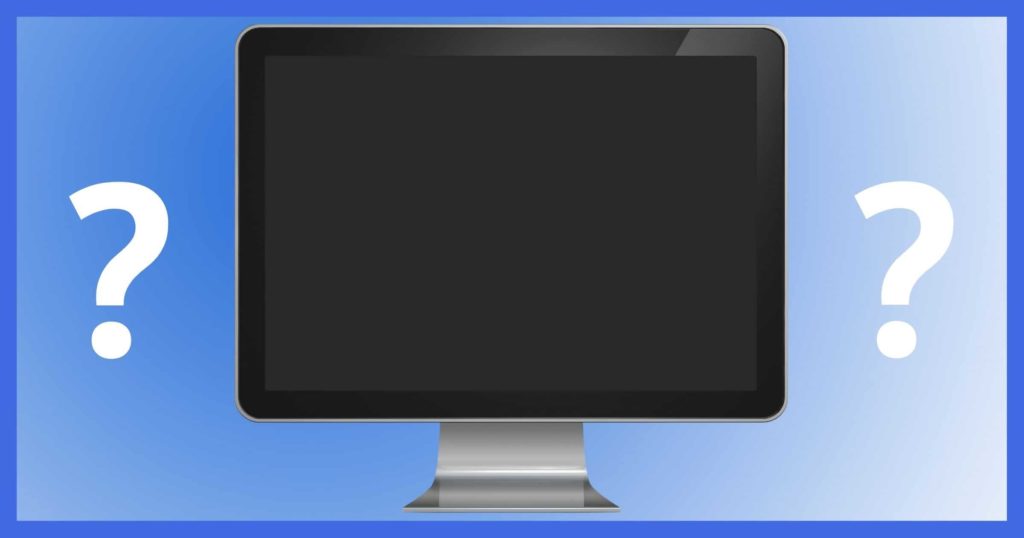
Test the indication
If you have a system unit, you should check if the active LED status on the back of the unit is lit. The button here may be off, or the connection between the power cord and the plug on the back of the system unit may be loose.
You should check the performance of the battery when working with a laptop. To do this, remove the system unit, clean the contacts, and insert the battery back in. Then you should plug the power cord in and leave the device to charge for 10-50 minutes.
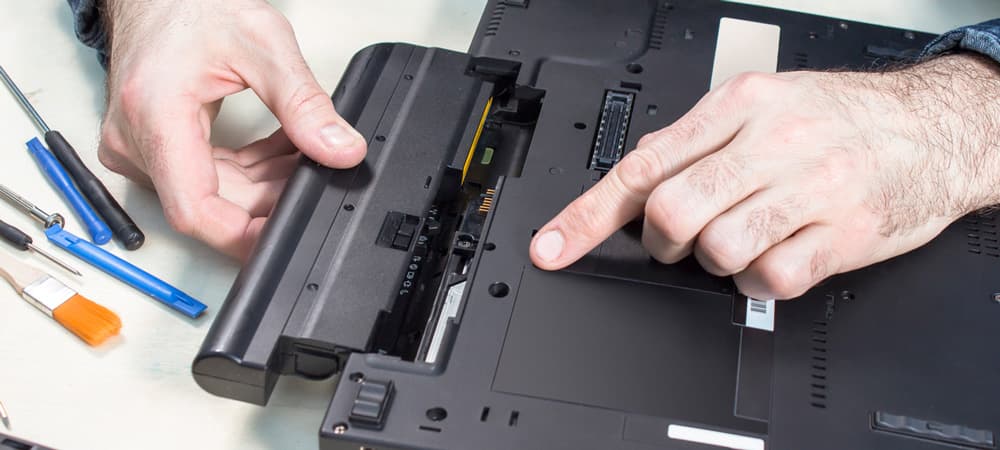
You can also disconnect peripheral devices for the time of testing. If the problem is related to one of them, the result will be positive. After that, you need to connect peripherals one by one and find out what connections lead to the appearance of the black screen.
It is worth noting that the problem discussed is the cause of the “failure” of the device in 45% of cases. So be attentive, and the solution to the problem will not take long.
Check the cable connection of the video card and the monitor
The problem of loose connections between the video card and external monitor is prevalent when working with system units. Sometimes low-quality components are added to the set and don’t break down before the end of the warranty period of the device.
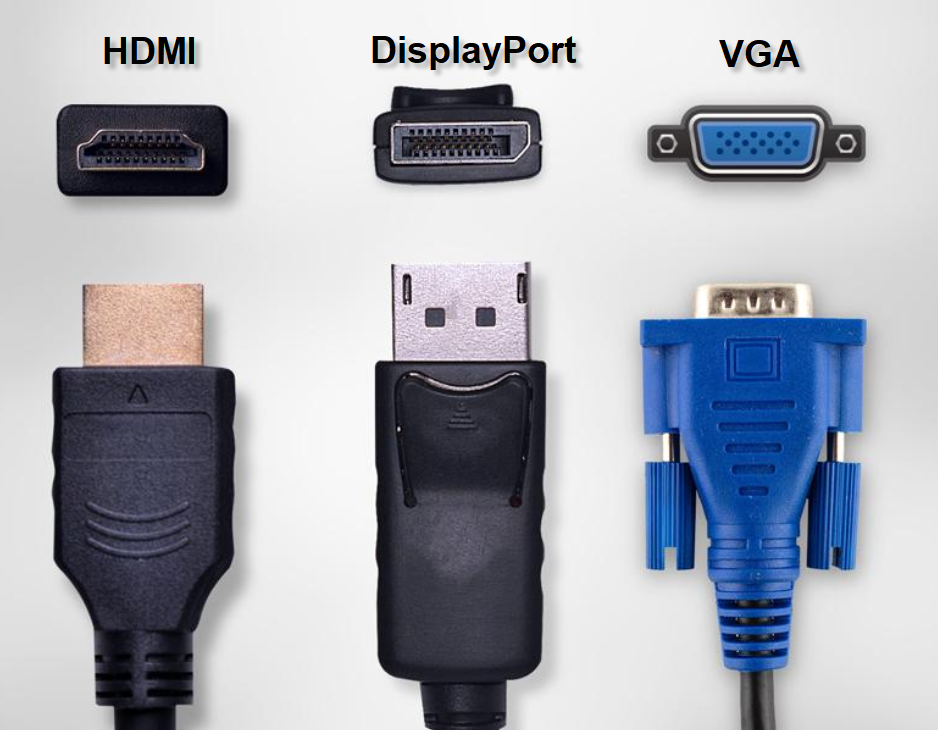
In addition to the black screen, there is also a message indicating a problem with the analog connection on older versions of the system unit assemblies. The actions are apparent: you need to replace the element with a new or working old one.
Pay attention to the backlighting
This hardware problem is unlikely to be solved in domestic conditions. It can be caused by the failure of the backlight system of the screen. The brightness is so low that the screen seems wholly darkened. It is enough to highlight a light source on the screen at right angles to check if such a problem exists. Even a table lamp or a small flashlight can be suitable for this. If the backlight is burned out, you will see part of the highlighted image on the screen.
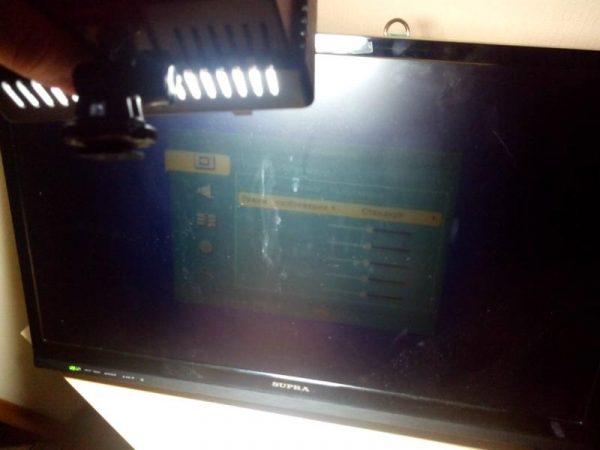
Test a second monitor
Most laptops and personal computers have the function of darkening the secondary screen when the second monitor is connected. If you have used this method before, it is worth checking the function key combination. There are two possible scenarios:
- The user accidentally pressed the darkening combination while cleaning the keyboard or doing something else;
- The user had previously connected an external monitor and switched to the darkening mode of the secondary screen for convenience. Everything returned to the previous state after disconnecting the monitor. Still, the system remembered the mode as the default one and darkened the main screen of the laptop automatically at the next connection.
The solution to the problem is trivial. Just press the Fn+F7 key combination and make sure that the reason for the black screen is not related to your inattention. By the way, the combination of keys on different models and manufacturers of laptops may be different, so it is not a valid solution. Refer to the model of your device or read the instructions on the Internet.
Find the malfunction of the card or monitor
This hardware failure can be solved in the service center. The problem with the system unit is obvious: the fans are humming, and the start-up indicators light up, but there is no image on the screen. Two possible variants: either the video card or the monitor is broken.
It is elementary to check the second problem. Just connect another working monitor and see if there is an image on the screen. If this does not help, the video card is malfunctioning.
POST signals may be another indicator of a problem with the card. They are the self-test components of the BIOS. If the video card is burned out, the user will hear the sound of one long and two consecutive short signals.
The appearance of inscriptions with their further disappearance
The second scenario of events is when some inscriptions or logos pop up on the screen, then everything disappears, and a black display with no signs of activity remains. The loss of boot data can cause it. The system tries to find the OS but fails, and the display goes into standby mode. We will tell you about the causes of this bug below.
Checking the connection of external drives
If the user has not changed BIOS settings before, the system will search for data to download from external drives by default. Inserting a disk or a flash drive with non-installation (system) data results in a black screen with some lines of information, such as rebooting with a single keystroke.
Permanently remove external drives from their slots unless you intend to reinstall the operating system. This is especially true for DVDs or CD-ROMs.
Leaving the disk in the drive does not cause a critical error in 90% of cases. The system will boot after an unsuccessful attempt to load external data. But a constantly rebooting black screen can occur in 10% of situations. The problem can be solved by shutting down the system unit or laptop with further removal of the data drive.
A damaged boot loader
This problem can result in two scenarios of events when turning on the PC: a black screen with a working display or a black screen with an error code. The causes of the boot loader breakdown can be the following:
- There is malicious software on the computer;
- Incorrect operating system update;
- Incorrect disconnection of the device through the power button or its self-disconnection due to voltage fluctuations;
- Incorrect functioning of the antivirus program, etc.
There are more than 30 reasons for this situation, but the result is the same: the operating system cannot boot up correctly. You have to restore the bootloader by yourself to fix the problem. The instructions below will tell you how to do it accurately and quickly:
- Create a bootable USB flash drive.
- Restart your computer.
- Change the boot priority to the flash drive in BIOS settings or select the external drive manually.
- You will see a choice of geolocation and language on the start screen.
- Do not touch the Install button in the second window. Pay attention to the link in the bottom left corner of the installation window. It is responsible for restoring the operating system.
- A new window with several solution options will pop up. Find the item with the screwdriver and wrench. It allows you to analyze the system and check if there are problems with the bootloader.
- In the advanced options, select the item for troubleshooting problems interfering with the loading of the operating system.
- Wait for a few minutes, and you will get a message about success or failure.
Restart your laptop or system unit and try to boot the OS again, even in case of failure. If automatic recovery did not help, you could try the manual adjustment mode via the command line.
Checking HDD displaying in BIOS
BIOS is a critical component for the operability of a personal computer. If there are any problems with the settings of the auxiliary hardware system, it immediately affects the state of the hardware. The first thing you must do is check the hard drive detection. To do this, just explore the information on the main settings page. If there is no HDD in the list of active HDDs, check the ribbon cables or test another HDD through a replacement.
Testing the video card for overheating
This testing method is relevant for devices with two video cards, discrete and integrated. The problem may be caused by overheating of one of the two components. Disable the discrete and integrated graphics card in the BIOS settings to check for such a problem. First, disable the discrete card because overheating issues often occur.
BIOS can find the video card section in the system configuration settings. Search for the parameter responsible for the graphical elements of the device hardware.
Problems with RAM
The last possible problem is bugs with RAM. Even the amateur user can disable and clean these components in the system unit, but the situation is different when working with laptops. You will have to visit the service center.
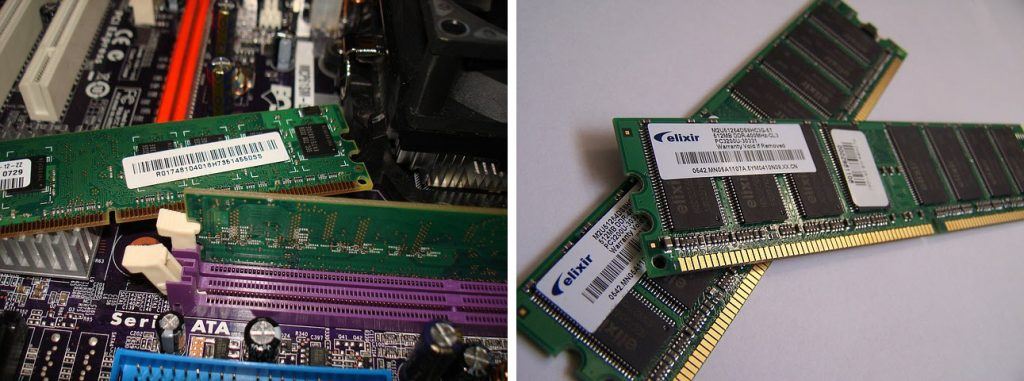
The screen is darker after the OS has booted
There may be a situation when the operating system has booted or almost booted, but suddenly the display either goes blank or an error message appears on the screensaver. The seriousness of this problem may vary from “basic” to “service,” depending on the final result.
OS activation is damaged
This is the most innocuous of all possible problems related to a black screen when turning on the computer. It is caused by installing unlicensed software. Install keys through specialized programs to fix this problem and restart your PC. The activator will perform all complicated actions.
Driver conflict
This common problem occurs when drivers or third-party software are improperly installed on the PC. When starting the device, it will either boot with subsequent glitches in functionality or remain at the black screen stage. The problem can be solved by rolling the system back and removing previously installed drivers or programs.
Press the F8 key several times to bypass the standard bootloader. You will see the special menu where you should delete all the software that could lead to an error of booting the operating system in the normal mode.
Explorer does not start
The operating system is incompetent without Explorer. You can check for such a problem by opening the Task Manager with the Ctrl+Alt+Del key combination. After launching, you can search for Explorer in the list. If it is absent, type the “explorer” command in the Task Scheduler. Launching the program (if the problem was related to Explorer) starts the desktop with no need to reboot the OS.
Hacker attacks
Hacker attacks or malware infections from visiting dubious sites are another common reason for a black screen when you turn on your PC. You can solve this problem by rolling the operating system back or reinstalling Windows.